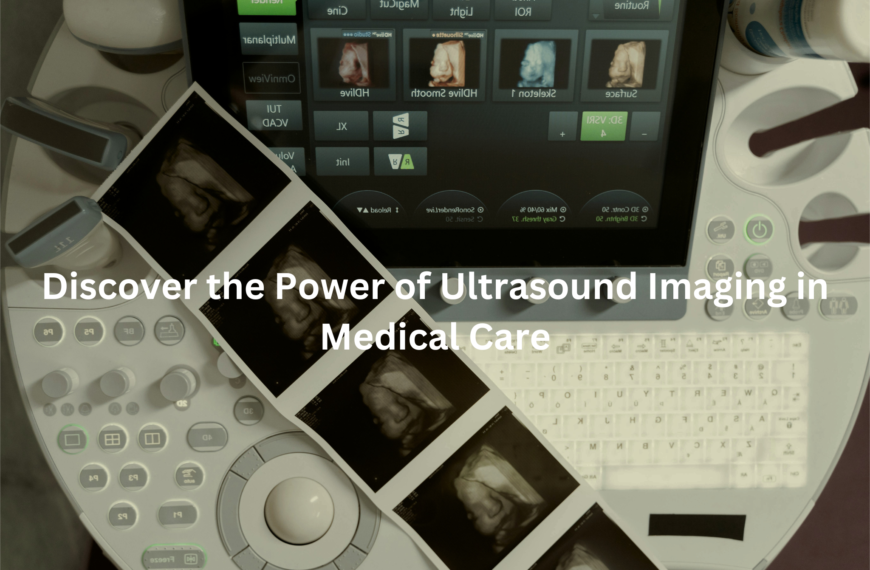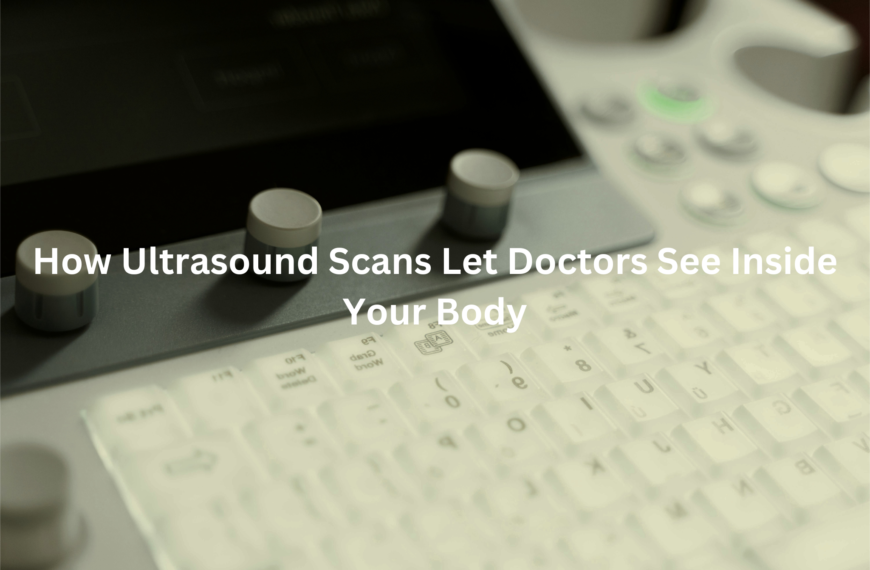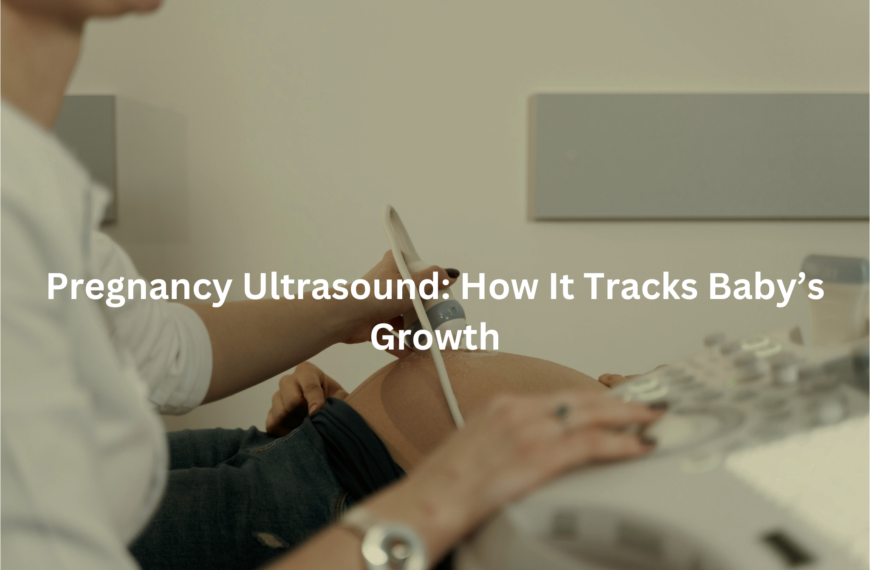Learn about bone density scans and how they help check bone health and prevent fractures.
Millions of people worry about their bone health, especially as they get older. A bone density scan is an important test that checks bone strength and can detect conditions like osteoporosis, which makes bones weaker and more likely to break.
Catching these issues early means people can take steps to protect their bones through lifestyle changes, medication, or other treatments. Understanding the value of these scans helps individuals make informed choices about their health.
In the next sections, learn how these tests work, who should have them, and how to keep bones strong. Keep reading to find out more!
Key Takeaway
- Bone density scans help find weak bones and prevent fractures.
- DXA scans are the most common way to check bone health.
- Preparing for a scan is easy and important for clear results.
Bone Density Tests
Bones are essential for supporting the body, but their strength can change over time. A bone density test measures how much bone is in a specific area, helping to assess overall bone health. It’s particularly useful for detecting conditions like osteoporosis before they lead to serious issues.
One of the most common tests is the DXA scan (Dual-energy X-ray Absorptiometry), which focuses on key areas where fractures are most likely:
- Lower spine and hip – These areas give a clear picture of bone strength.
- Measures bone mass – Helps doctors determine if bones are becoming weaker.
- Assesses fracture risk – Low bone mass increases the likelihood of broken bones.
Identifying low bone density early allows people to take action through diet, exercise, or medical treatment. Regular bone density tests can support prevention and long-term care, helping to keep bones strong and healthy for years to come.
Osteoporosis Detection
Credits: Dr. Susan E. Brown
Osteoporosis is a serious concern for many people, especially as they get older. This condition causes bones to weaken over time, making them more fragile and prone to fractures. Because it develops gradually and often without symptoms, many people don’t realise they have it until they break a bone. That’s why early detection is so important.
A bone density scan is one of the best ways to check bone health and detect osteoporosis before it leads to serious issues. This test helps doctors:
- Identify bone loss early – Catching osteoporosis before fractures occur allows for better prevention.
- Assess fracture risk – Weaker bones increase the chance of breaks, particularly in the hip and spine.
- Create a personalised treatment plan – Based on the results, doctors can recommend lifestyle changes or medication.
Anyone with a family history of osteoporosis should consider getting tested, as genetics play a key role in bone health. (1)
DXA Scans
A DXA scan (Dual-energy X-ray Absorptiometry) might sound technical, but it’s actually a straightforward and painless test. It measures bone density using two low-dose X-ray beams, helping to assess bone strength and detect conditions like osteoporosis before they become serious.
The process is simple and stress-free:
- Takes only 10 to 20 minutes – A quick and efficient way to check bone health.
- Completely painless – No needles, no discomfort, just a gentle scan.
- Non-invasive – Patients lie on a table while the machine moves over them.
Since the scan is fast and requires no special preparation, it’s an easy step towards better bone health. By identifying any issues early, people can take proactive steps to maintain strong bones and reduce their risk of fractures as they age. (2)
Bone Health Assessment
Strong bones are essential for overall health, especially as people get older. Healthy bones help prevent fractures and support mobility, making everyday activities easier and safer. A bone density scan provides important insights into bone strength, allowing doctors to assess the risk of osteoporosis and develop a plan to maintain bone health.
There are several ways to keep bones strong and reduce the risk of fractures:
- Eat calcium-rich foods – Dairy, leafy greens, and nuts all support bone strength.
- Get enough vitamin D – Sunlight and certain foods help the body absorb calcium.
- Stay active – Weight-bearing exercises like walking, jogging, or resistance training help maintain bone density.
With the right lifestyle choices and regular bone density checks, people can take control of their bone health and reduce the risk of fractures, helping them stay strong and active as they age.
Risks of DXA Scans
A DXA scan is a safe and effective way to assess bone health, but it’s natural to have questions before any medical test. The scan uses a very low dose of radiation—much less than a standard X-ray—making it a low-risk procedure. However, some people may still have concerns, and it’s always best to be informed.
Things to consider before having a DXA scan:
- Radiation exposure is minimal – The dose is much lower than other types of X-rays.
- Pregnant women should check with their doctor – While the risk is low, it’s important to discuss any concerns.
- Asking questions is encouraged – Understanding the process can help ease any worries.
For most people, the benefits of early osteoporosis detection far outweigh any risks. If there are concerns, speaking with a doctor can provide reassurance and help ensure the best decision for overall health.
Preparing for Bone Scans
Preparing for a bone density scan is simple and doesn’t require much effort. The test itself is quick and painless, and a little preparation can help ensure accurate results. While there’s no need to make major changes to daily routines, a few small steps can make the process smoother.
Here are some easy ways to get ready for a DXA scan:
- Wear loose, comfortable clothing – Avoid zippers, buttons, or metal accessories that might interfere with the scan.
- Avoid calcium supplements for 24 hours – Calcium can affect the results, so it’s best to wait until after the test.
- Stay hydrated – Drinking plenty of water helps keep the body in balance for an accurate reading.
By following these simple steps, patients can feel confident going into their scan. If there are any questions or concerns, speaking with a doctor beforehand can provide reassurance.
Interpreting Bone Scans
Once the bone density scan is done, the results are sent to a doctor for review. The numbers might seem complex, but doctors use them to assess bone strength and compare them to a healthy range. If the results show low bone density, it could mean a higher risk of fractures—but there are steps that can help maintain and improve bone health.
Here’s what happens after the scan:
- Doctors review the results – They compare bone density levels to standard ranges to assess any risks.
- A discussion follows – The doctor explains what the results mean in simple terms.
- Next steps are recommended – This might include lifestyle changes, supplements, or further testing if needed.
Understanding the results is key to maintaining strong bones. If anything is unclear, asking questions can help ensure the best plan for long-term bone health.
Bone Scan Benefits
A bone density scan has many benefits, particularly when it comes to early detection and prevention. By identifying potential issues before they become serious, these scans can help people avoid pain, fractures, and long-term complications. Understanding bone health isn’t just about treating problems—it’s also about taking proactive steps to keep bones strong for the future.
Here’s why bone density scans matter:
- Early detection of bone loss – Catching issues early allows steps to be taken to prevent fractures.
- Lower risk of serious injuries – Weak bones can lead to painful breaks, especially as people get older.
- Encourages better bone health – Knowing bone density levels can motivate people to eat well, stay active, and look after their bones.
Strong bones are key to staying active and independent. A simple scan provides valuable insights, helping people make informed choices about their long-term health.
DXA vs MRI
When it comes to medical imaging, DXA scans and MRI scans serve different purposes. While both are valuable, they focus on different aspects of health. A DXA scan is specifically designed to measure bone density, making it the best option for assessing bone strength. In contrast, an MRI scan provides detailed images of soft tissues, muscles, and organs.
Here’s how they differ:
- DXA scans – Focus on bone density, helping detect osteoporosis and the risk of fractures.
- MRI scans – Examine soft tissues, muscles, and organs, often used for diagnosing injuries or medical conditions.
- DXA scans are quicker – The process is fast, painless, and usually takes only 10–20 minutes.
For assessing bone health, a DXA scan is the most effective choice. It’s simple, non-invasive, and provides essential information to help keep bones strong for years to come.
Bone Scan Safety
When it comes to medical tests, safety is always a priority. Bone density scans are very safe, using a low dose of radiation, much less than a standard X-ray. In most cases, the benefits of early detection and prevention far outweigh any risks. If there are any concerns, a healthcare provider can offer reassurance and answer any questions.
Key points about bone density scans:
- Minimal radiation exposure – Much lower than a typical X-ray.
- Quick and painless – The scan takes around 10–20 minutes with no discomfort.
- Early detection is key – Identifying bone loss early can help prevent fractures.
Bone density scans are simple but powerful tools for maintaining bone health. Understanding bone condition allows people to take proactive steps to stay strong and active for longer. Keeping bones healthy is important at every stage of life.
Conclusion
In summary, bone density scans are essential for checking bone strength. They help detect osteoporosis early and reduce the risk of fractures. Understanding their benefits and safety can encourage more people to take control of their bone health.
Regular testing, along with healthy habits like a balanced diet and exercise, can make a real difference. Taking proactive steps now can help maintain strong, healthy bones for the future. Looking after bone health is important at every stage of life.
FAQ
What is a bone density scan, and why is it important?
A bone density scan is a medical imaging test that measures bone strength and checks for bone loss. It helps assess the risk of bone fractures and conditions like osteoporosis. A density scan is especially useful for people with a family history of weak bones or those with risk factors like age, excessive alcohol intake, or certain medical conditions.
What is the difference between a DXA scan and a bone scan?
A DXA scan (also called a DEXA scan) is a type of bone density test that uses dual energy X-ray absorptiometry to measure bone mineral content in areas like the hip and spine. It is different from a bone scan, which is a nuclear medicine test used to detect infections, cancer, or other bone diseases.
How does a DXA test work?
A DXA test uses a DXA machine to send low-dose X-rays through bones, typically focusing on the lumbar spine and hip fracture risk areas. It calculates the amount of bone present and helps doctors determine whether someone has low bone mass or an increased risk of fractures.
Who should get a bone density test?
A bone density test is recommended for individuals with risk factors for osteoporosis or fractures. This includes people over 50, those who have broken a bone from a minor fall, individuals with a family history of osteoporosis, and those with conditions like liver disease that may weaken your bones.
How should you prepare for a bone density scan?
Preparation for a bone densitometry test is simple. Wearing loose-fitting clothing without metal zippers or buttons is recommended. Calcium supplements should be avoided for 24 hours before the density testing, and staying hydrated while following a normal diet is advised. It is important to inform a care provider if pregnant, as they may recommend postponing the scan.
References
- https://healthybonesaustralia.org.au/osteoporosis-you/diagnosis/
- https://www.ostelin.com.au/bone-density-scans/




